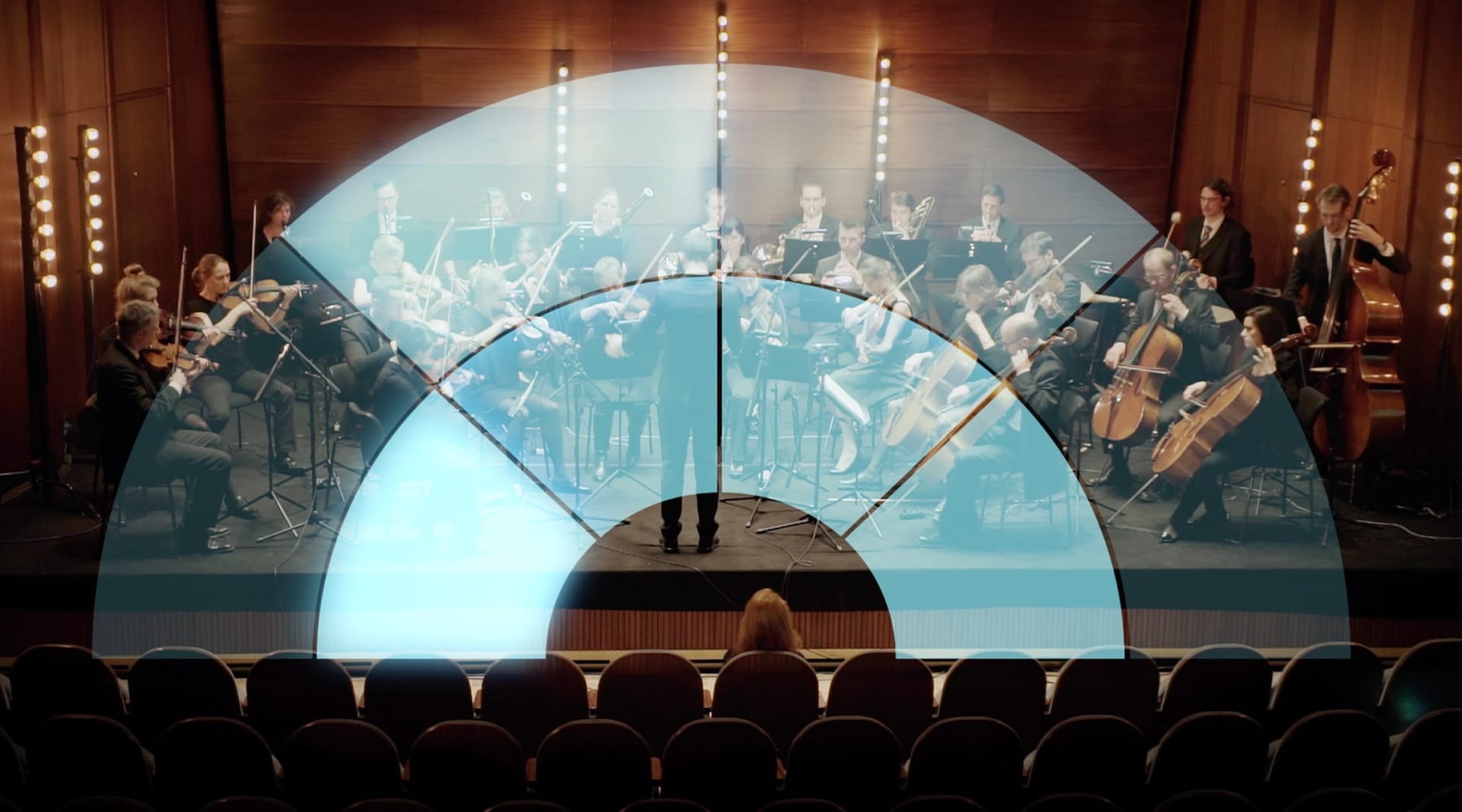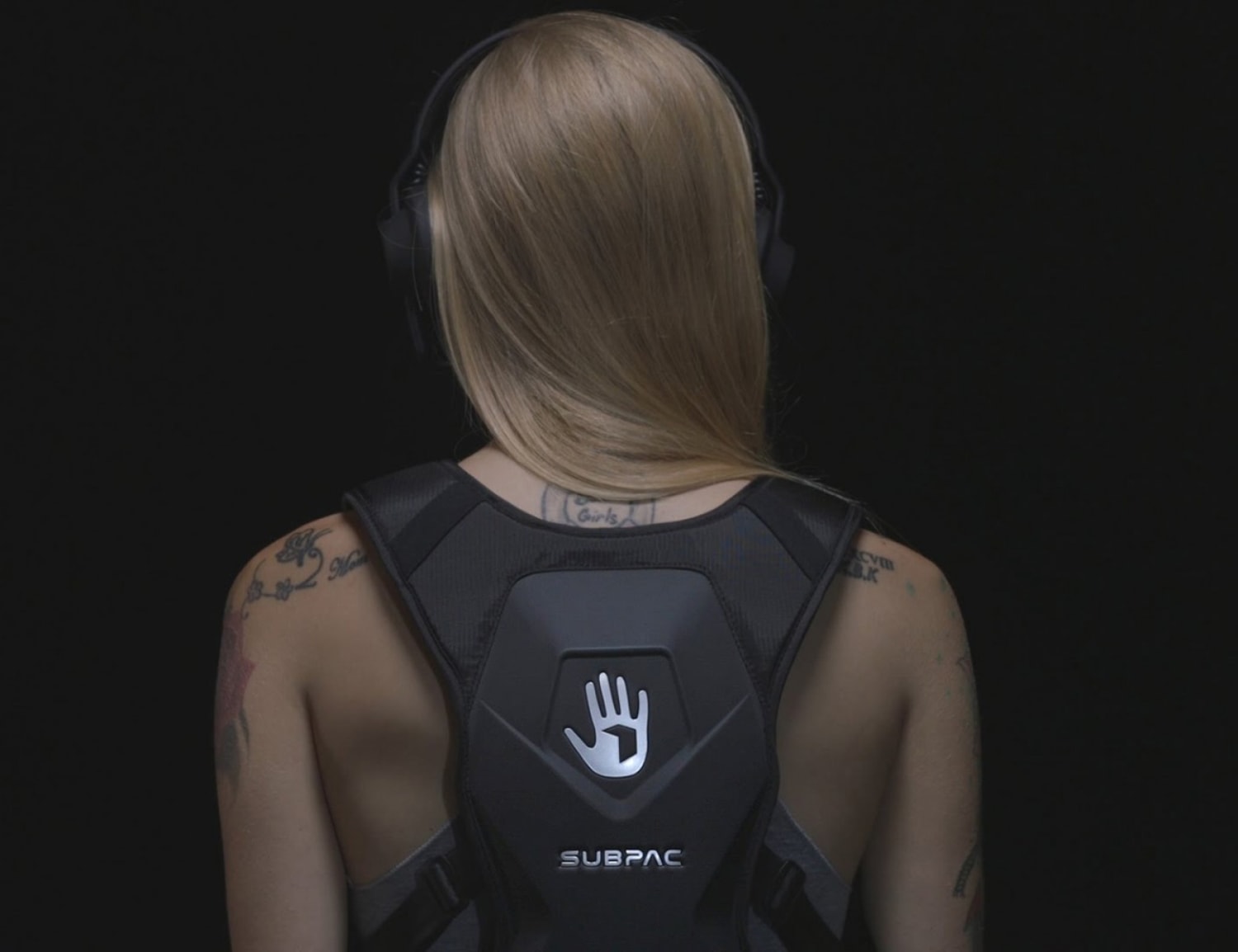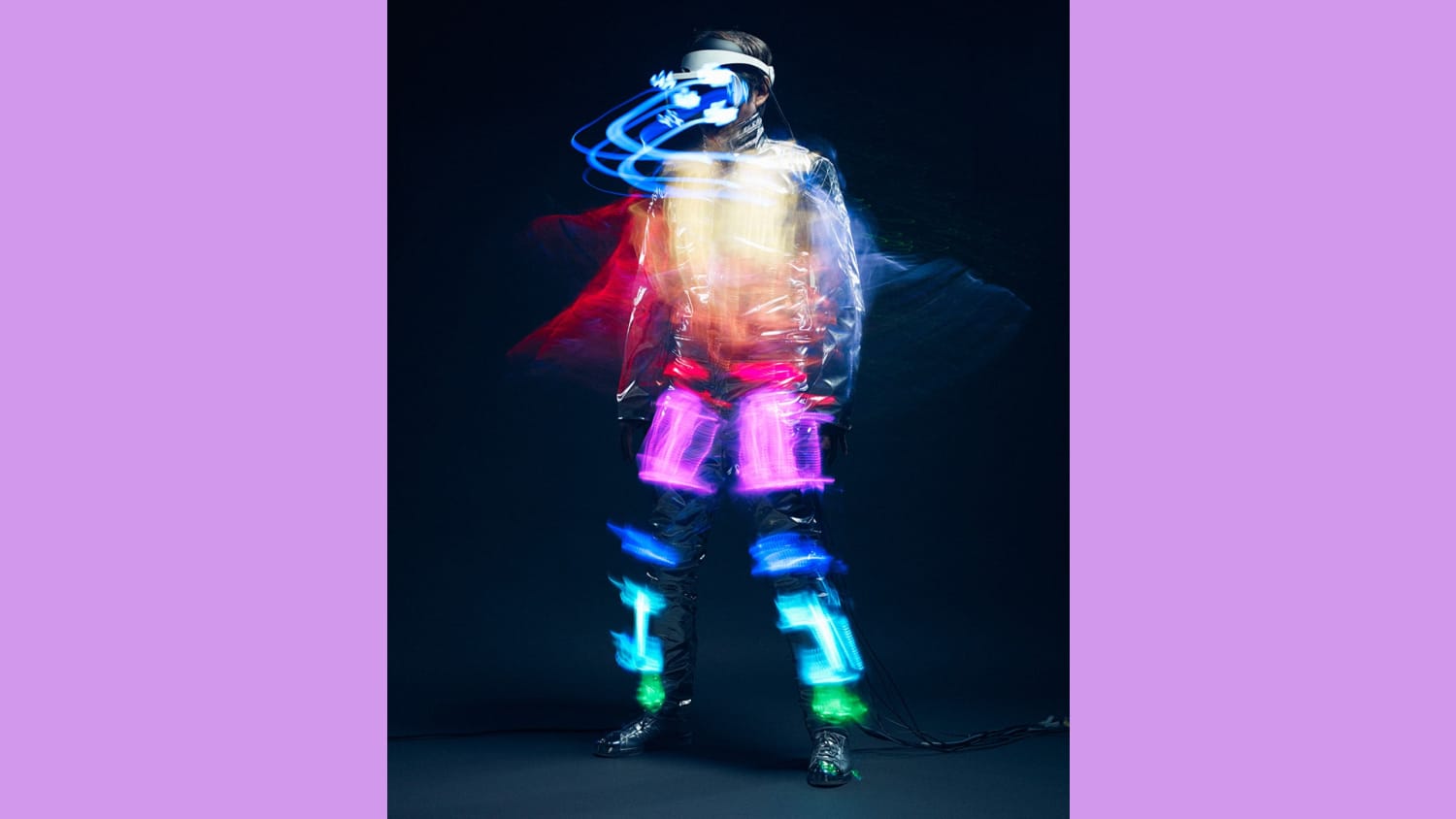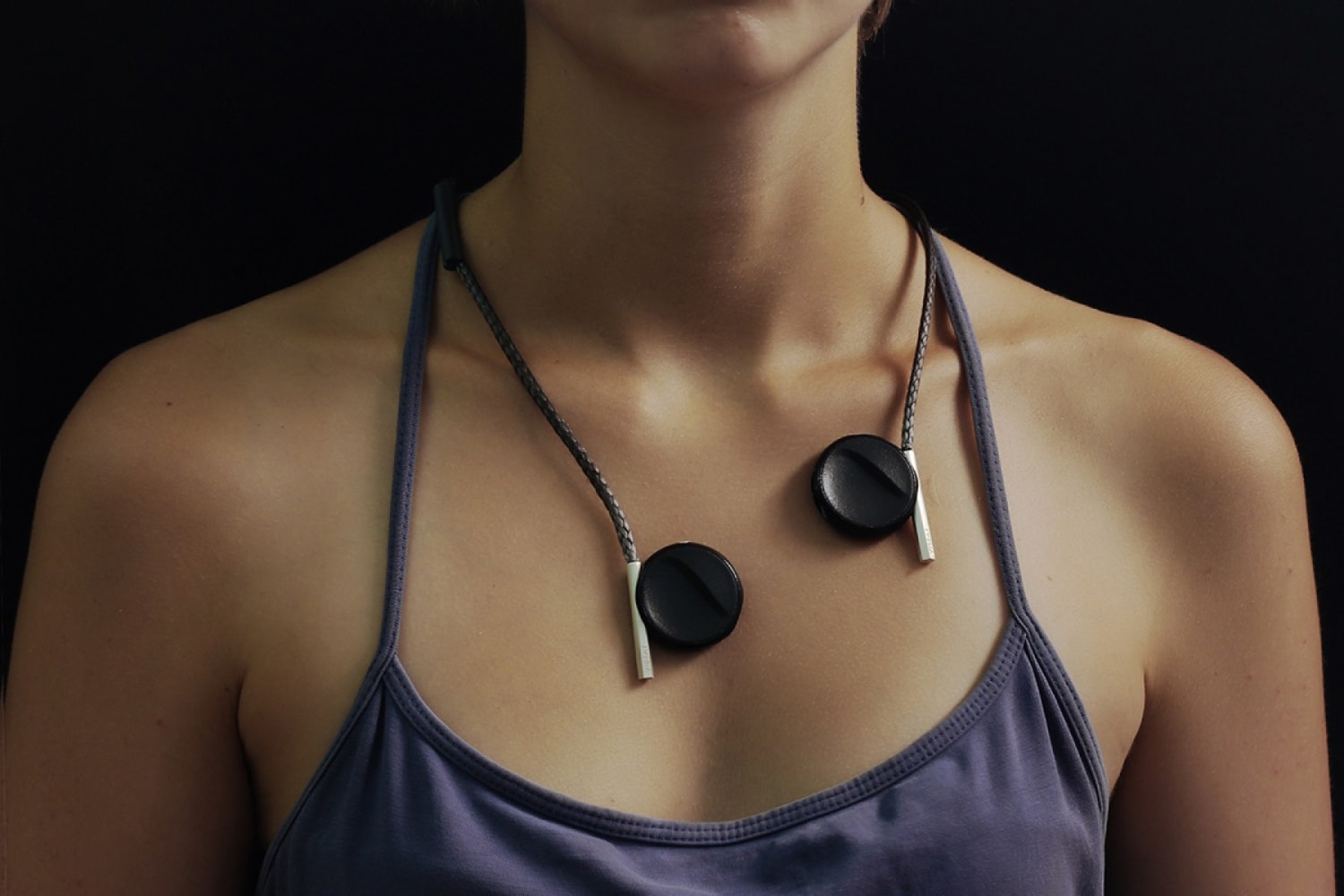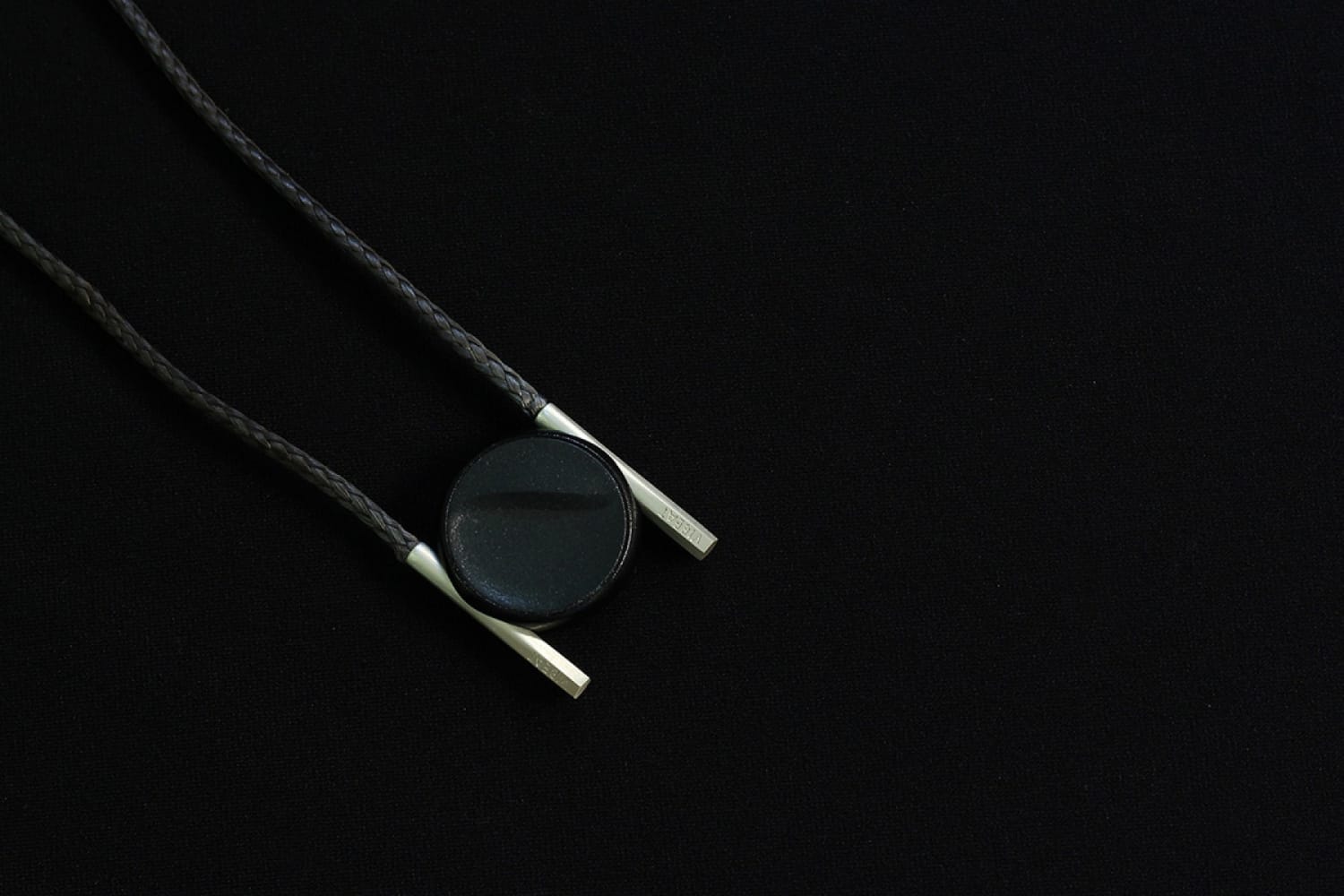Wearable technology creators are inventing new ways to experience and understand music, allowing users to physically feel sound through vibrating motors embedded in fabric. New releases are mapping sound onto the body to replicate the visceral feeling of music pulsing at nightclubs or live concerts, or to immerse the user in a heightened level of experience.
SubPac is a wearable line of vests by startup StudioFeed that pumps bass frequencies through users’ bodies as they listen to music. Its bone-conduction technology aims to replicate the experience of listening to live music.
